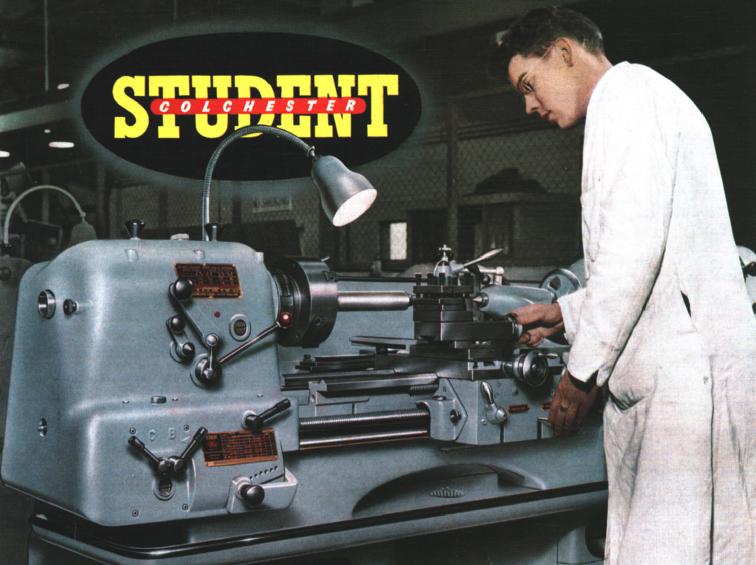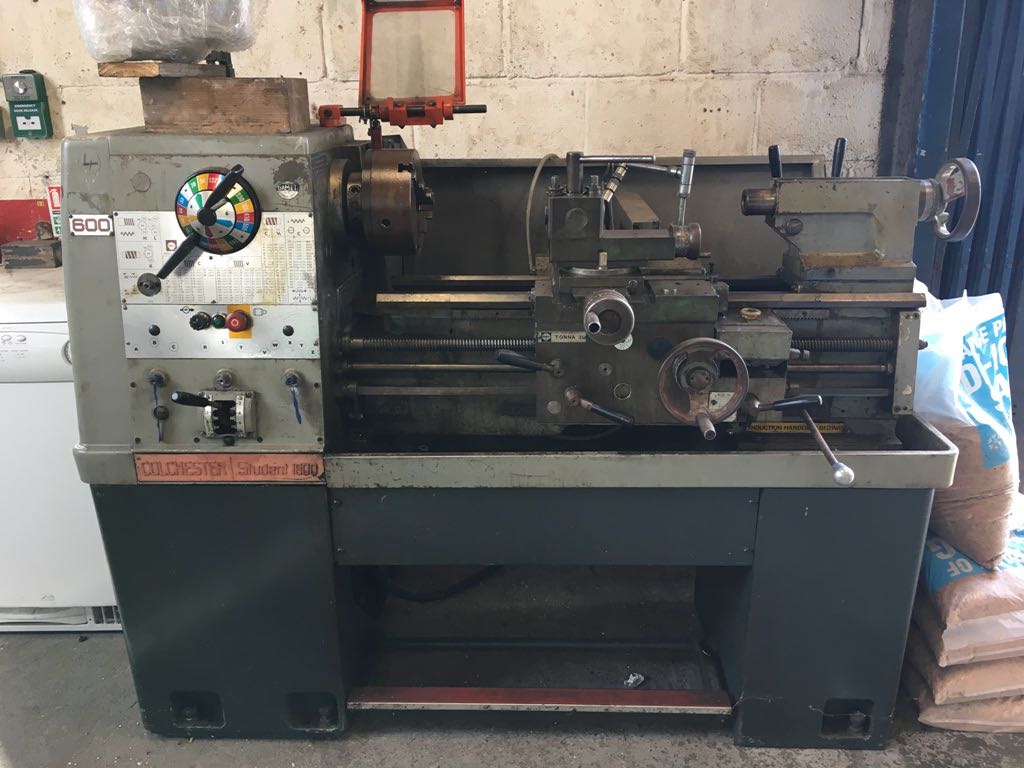
This term refers to the company of the Swedish inventor Johan Petter Johansson, which was originally called B.A. In some parts of Europe, adjustable spanners are often called a Bahco. The Crescent brand of hand tools is now owned and marketed by Apex Tool Group, LLC. patent for the most familiar form factor of adjustable wrench. In the United States and Canada, the adjustable spanner (adjustable wrench) is synonymous with "Crescent wrench" due to the widespread Crescent brand line of adjustable wrenches the former Crescent Tool Company was the assignee of the 1915 U.S. Ī popular type of adjustable spanner has a base and jaws that form four sides of a hexagon, and is therefore particularly suited for hexagonal nuts ("hex nuts") and hexagonal headed ("hex head") cap screws and bolts.

Monkey wrenches are another type of adjustable spanner with a long history the origin of the name is unclear. In some cases the jaws of the tool can break. Still, one should avoid applying excessive force on tight bolts, since doing so can pry open the mounting of the movable jaw causing the wrench to no longer be able to be snugged to bolt heads, loosen too easily, or mar bolt heads. The tool is therefore usually angled so that the movable jaw's area of contact is closer to the body of the tool, which means less bending stress. The fixed jaw can withstand bending stress far better than can the movable jaw, because the latter is supported only by the flat surfaces on either side of the guide slot, not the full thickness of the tool. Simpler models use a serrated edge to lock the movable jaw to size, while more sophisticated versions are digital types that use sheets or feelers to set the size. Some adjustable spanners automatically adjust to the size of the nut. There are many forms of adjustable spanners, from the taper locking spanners which needed a hammer to set the movable jaw to the size of the nut, to the modern screw adjusted spanner.

In Australia it is referred to as a "shifting spanner", usually abbreviated to "shifter". In Canada and the United States, the tool is known as a Crescent wrench or an adjustable wrench. Swedish company Bahco attributes an improved design, in 1891 or 1892, to Swedish inventor Johan Petter Johansson who in 1892 received a patent. Improvements followed: on 22 September 1885 Enoch Harris received US patent 326868 for his spanner that permitted both the jaw width and the angle of the handles to be adjusted and locked. Another English engineer, Edwin Beard Budding, is also credited with the invention.

English engineer Richard Clyburn is credited with inventing an adjustable spanner in 1842.


 0 kommentar(er)
0 kommentar(er)
